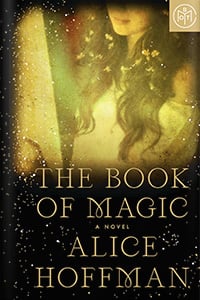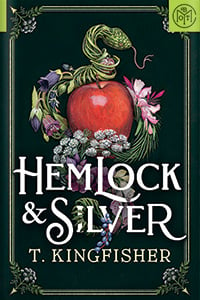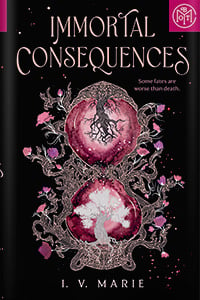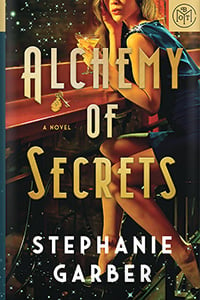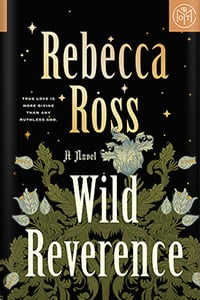

Fantasy
The Last Tale of the Flower Bride
by Roshani Chokshi
View audiobook
Quick take
This lush, gothic fairytale follows the moment when a dreamy marriage risks transforming into a childhood nightmare.
Good to know
Romance
Female friendships
Unreliable narrator
Ornate
Synopsis
Once upon a time, a man who believed in fairy tales married a beautiful, mysterious woman named Indigo Maxwell-Casteñada. He was a scholar of myths. She was heiress to a fortune. They exchanged gifts and stories and believed they would live happily ever after—and in exchange for her love, Indigo extracted a promise: that her bridegroom would never pry into her past.
But when Indigo learns that her estranged aunt is dying and the couple is forced to return to her childhood home, the House of Dreams, the bridegroom will soon find himself unable to resist. For within the crumbling manor’s extravagant rooms and musty halls, there lurks the shadow of another girl: Azure, Indigo’s dearest childhood friend who suddenly disappeared. As the house slowly reveals his wife’s secrets, the bridegroom will be forced to choose between reality and fantasy, even if doing so threatens to destroy their marriage . . . or their lives.
Read a sample
Get an early look from the first pages of The Last Tale of the Flower Bride.
Why I love it
V.E. Schwab
The Last Tale of the Flower Bride is a very special breed of story.
To call it a gender-swapped Bluebeard isn’t inaccurate, but it is reductive. After all, the best fairy tale reimaginings do not simply pay homage to their source material but rewrite them so thoroughly that they can cast off the inspiration, exist without demanding any knowledge of it. In this way, any allusions to the original fable serve as delightful garnishes, while the work becomes its own meal.
This is what Roshani Chokshi does. And while there are certainly nods to Bluebeard—from the many iterations of the color to the deal Indigo extracts in exchange for her love, that the bridegroom must never pry into her past—the novel Chokshi gives us is so much more. She has managed to maintain the aura of a fable while creating something urgent and modern and thoroughly adult.
This is a love letter to the particular love that blooms between teen girls, where friendship tangles with obsession, as well as the lust that takes hold when we fall for someone we do not—cannot—truly know. A fairy tale that’s fermented, grown stranger and richer. Chokshi commands the senses with her lush prose, creating an intoxicating cloud, an experience at once visceral and intellectual.
As a writer, this novel is a marvel.
As a reader, it is a decadent delight.
I didn’t want it to end. And yet, I couldn’t put it down.
























